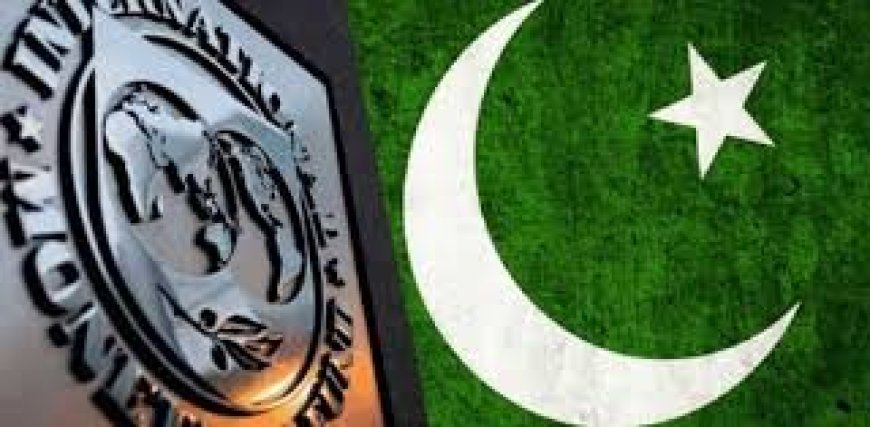IMF Pushes Pakistan to Finalize Circular Debt Elimination Plan Immediately
Facing Rs 2.8 trillion in circular debt, Pakistan is under pressure from the IMF to present a clear plan. The government is preparing new levies, debt waivers, and financial restructuring to meet reform goals.

Pakistan is once again under intense pressure from the International Monetary Fund (IMF) to urgently provide a comprehensive plan for the elimination of the country’s mounting circular debt in the gas sector, now exceeding Rs 2.8 trillion. This demand is part of the IMF’s ongoing review of Pakistan’s performance under its economic reform program.
The IMF has highlighted that the country must take immediate and credible steps to reverse its growing energy-sector liabilities. Failure to do so could not only stall the next funding tranche but also shake investor confidence in Pakistan’s commitment to long-term reform.
To address the issue, the government is preparing a multi-tiered strategy. One of the major proposals includes a new petroleum levy ranging from Rs 3 to Rs 10 per liter. This would potentially generate over Rs 180 billion annually, dedicated to repaying the circular debt. Additionally, a gas bill surcharge is being considered to widen revenue collection across domestic and industrial users.
Authorities are also planning to raise around Rs 2 trillion through concessional loans from banks. At the same time, efforts are underway to waive interest on approximately Rs 800 billion worth of overdue liabilities. This financial restructuring would be implemented over a five-year repayment window and could offer some relief to state-owned gas companies burdened with years of under-recovery.
However, the IMF has made it clear that partial solutions are not acceptable. Earlier this year, it rejected a proposal focused solely on retiring petroleum-sector debt by increasing dividend payments from state-owned enterprises (SOEs). The Fund argued that such an approach lacked clarity and placed an unfair burden on already-struggling companies.
According to Pakistan’s Fiscal Risk Statement, the total combined circular debt of the power and gas sectors stood at nearly Rs 4.7 trillion by the end of 2024. That represents roughly 6% of the national GDP. Without significant intervention, the government may face annual debt servicing costs of up to Rs 937 billion between fiscal years 2026 and 2028.
Experts warn that this situation threatens to spiral further out of control if structural reforms are not adopted soon. These reforms include eliminating tariff subsidies, ensuring timely billing and collections, restructuring SOEs, and enhancing regulatory oversight in the energy sector.
In response, a high-level technical committee has been formed comprising officials from the Ministry of Finance, Energy Division, and the State Bank of Pakistan. Their task is to finalize a viable debt-elimination roadmap that meets the IMF's conditions.
The proposal will include detailed revenue projections, a legal framework for levy implementation, and clear benchmarks to track debt reduction. The government aims to share this plan with the IMF before the next board review meeting, which is expected within the next few weeks.
Insiders suggest that if Pakistan can present a workable and credible strategy, it will pave the way for unlocking the next $1 billion funding tranche, while also strengthening its position in future global lending negotiations.
At this stage, Pakistan faces a defining moment. If it fails to rein in the circular debt crisis, the consequences could include rising energy prices, reduced foreign investment, and deeper fiscal instability. But if handled decisively, it could signal the country’s commitment to economic discipline and energy sector reform.
For more updates on Pakistan’s economy, energy policy, and governance reforms, visit Nationbytes.pk.

 Israr Ahmed
Israr Ahmed